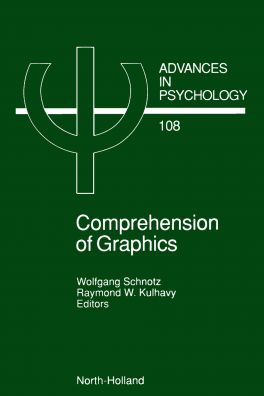Description
Graphic displays such as charts, graphs, diagrams, and maps play in important role today in the design and presentation of instructional materials education. There is also a strong need in scientific, technical and administrative fields to visually present facts, laws, principles etc. The increasing use of computer-based learning environments has also become an important field where the visual presentation of information plays a central role. Despite the importance of graphical displays as a means of communication and the fact that research about learning and cognition has advanced rapidly in the past two decades, the comprehension of graphics is still a rather unexplored area.
The comprehension of graphics is not only a stimulating topic in the fields of science and instructional psychology, but also in related disciplines such as semiotics, and artificial intelligence. Research on the comprehension of graphics complements the scientific investigation of cognitive processes in text comprehension, which has contributed much to our understanding of human cognition and learning. Ultimately, a better understanding of the cognitive processes involved in the comprehension of graphics will have an impact not only on cognitive theory, but also on educational practice.

